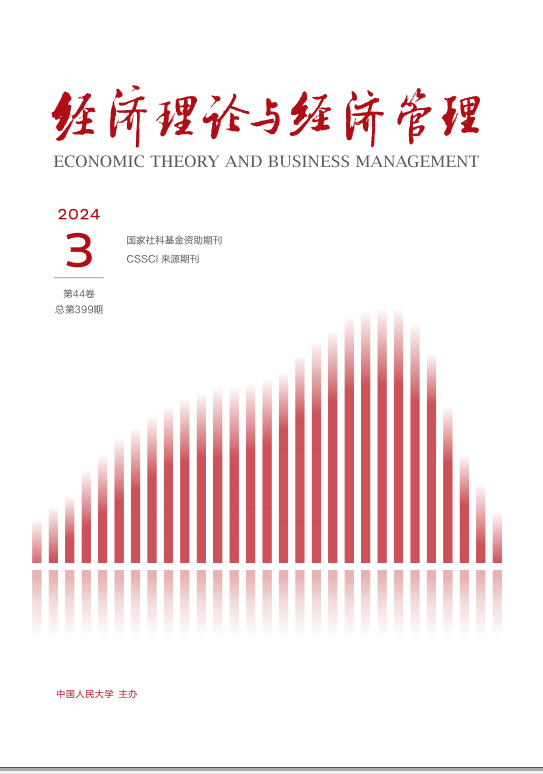MACROECONOMY UNDER THE DUAL BOTTOMLINE OF STABLE GROWTH AND RISK PREVENTION——Chinas Macroeconomic Analysis and Forecast in 2016—2017
RUC Research Group of Macroeconomic Analysis and Forecast
2017, 37(1):
5-25.
 Asbtract
(
)
Asbtract
(
)
 PDF (11351KB)
(
)
Related Articles |
Metrics
PDF (11351KB)
(
)
Related Articles |
Metrics
In 2016, the macroeconomy exhibits the trend of shortterm bottom stabilization and converging bubbles As the potential growth level shifting downward, combined with cyclical, structural, and tendency factors, together they are still causing tremendous downward pressure, and will lead to continuous bottomformation in the upcoming year of 2017 However, the depth and length of bottomformation are related to world economy recovery, growth level of Chinas economy, cultivation of new industries and economy drivers, adjustment of real estate cycles, fluctuations of politicaleconomy cycles, solutions to potential economic risks and many other factors Meanwhile, domestic debt scale has been skyrocketing, driven by the “debtinvestment” driving pattern; this highlights the structural debt risks, as generalized government debt level exceeding the international warning line The fundamental problems of Chinas economy are mostly correlated with debt risks, such as the converging asset bubbles, are actually the currencies allocated by the “debtinvestment” driving pattern, now circulating in the stock, bond, and real estate market; while debt risks may very well be the trigger Chinas economic crisis Judging from current situations, China is capable of preventing crisis, with sufficient attention on factors that may be the causes On one hand, it is critical to establish a correct understanding and coping mechanism of economic crisis; on the other hand, to establish a risk mitigation mechanism before debt risks evolve to crises.





